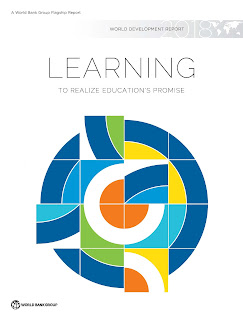Accounting has a remarkable heritage. The history of accounting is as old as civilization. The seeds of accounting were most likely first sown in Babylonia and Egypt around 4000 B.C. who recorded transactions of payment of wages and taxes on clay tablets.
Historical evidences reveal that Egyptians used some form of accounting for their treasuries where gold and other valuables were kept. The incharge of treasuries had to send day wise reports to their superiors known as Wazirs (the prime minister) and from there month wise reports were sent to kings. Babylonia, known as the city of commerce, used accounting for business to uncover losses taken place due to frauds and lack of efficiency.
In Greece, accounting was used for apportioning the revenues received among treasuries, maintaining total receipts, total payments and balance of government financial transactions. Romans used memorandum or daybook where in receipts and payments were recorded and wherefrom they were posted to ledgers on monthly basis. (700 B.C to 400 A.D).
China used sophisticated form of government accounting as early as 2000 B.C. Accounting practices in India could be traced back to a period when twenty three centuries ago, Kautilya, a minister in Chandragupta’s kingdom wrote a book named Arthashasthra, which also described how accounting records had to be maintained. Luca Pacioli’s, a Franciscan friar (merchant class), book Summa de Arithmetica, Geometria, Proportion at Proportionality (Review of Arithmetic and Geometric proportions) in Venice (1494) is considered as the first book on double entry bookkeeping.
Debit comes from the Italian debito, Credit comes from the Italian credito
A portion of this book contains knowledge of business and book-keeping. However, Pacioli did not claim that he was the inventor of double entry book-keeping but spread the knowledge of it. It shows that he probably relied on then–current book-keeping manuals as the basis for his masterpiece. In his book, he used the present day popular terms of accounting Debit (Dr.) and Credit (Cr.). These were the concepts used in Italian terminology. Debit comes from the Italian debito which comes from the Latin debita and debeo which means owed to the proprietor. Credit comes from the Italian credito which comes from the Latin ‘credo’ which means trust or belief (in the proprietor or owed by the proprietor. In explaining double entry system, Pacioli wrote that ‘All entries… have to be double entries, that is if you make one creditor, you must make some debtor’. He also stated that a merchants responsibility include to give glory to God in their enterprises, to be ethical in all business activities and to earn a profit. He discussed the details of memorandum, journal, ledger and specialised accounting procedures.
Share and Subscribe Sulthan Academy and Give your comments below.

